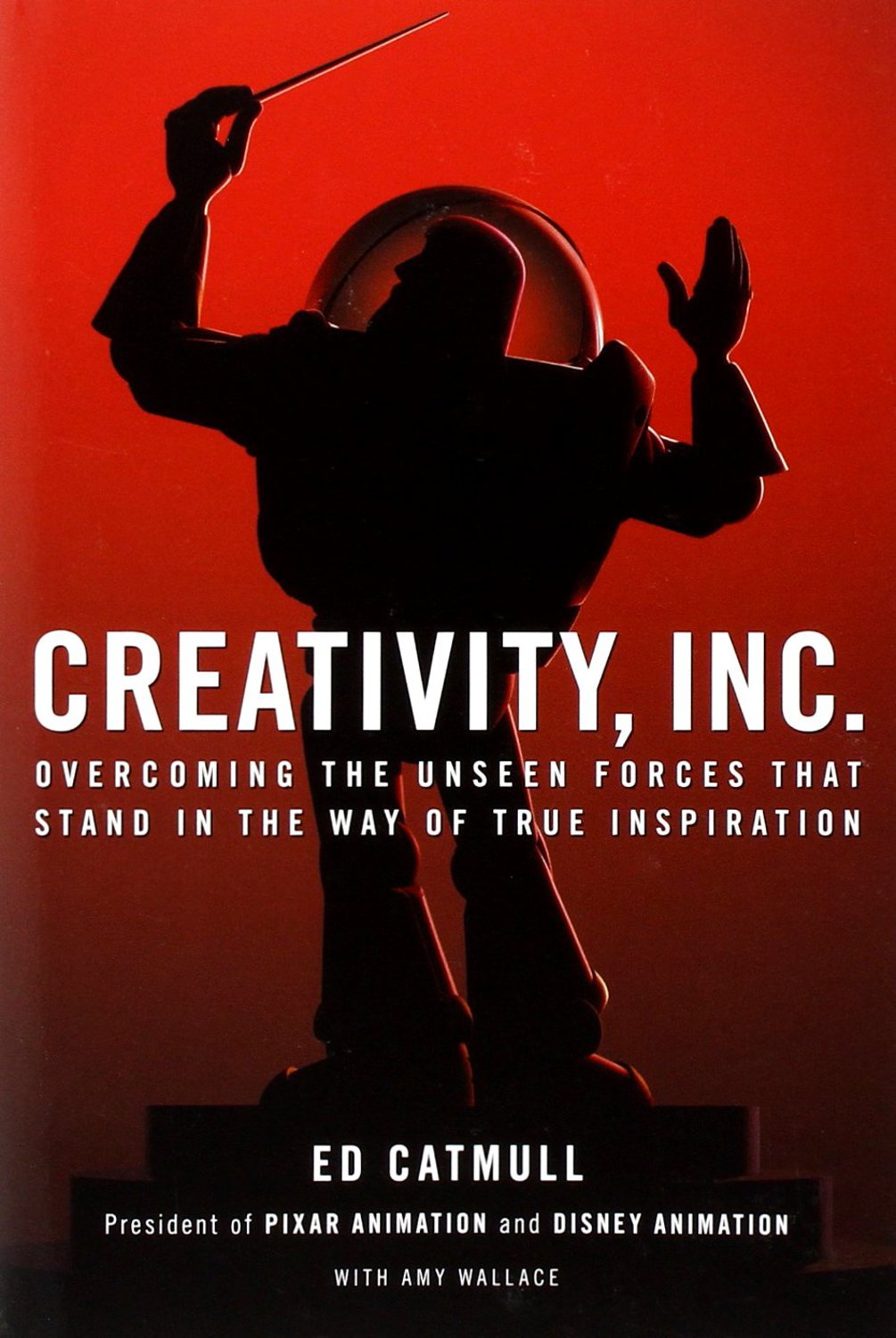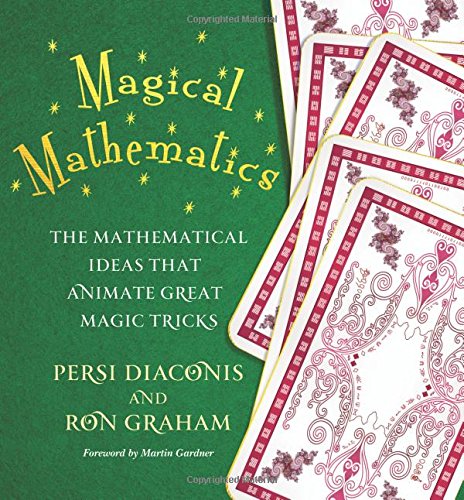5 great books about creativity
Table of Contents
Here are five great books about creativity. These are very good books where you can experience different aspect of creativity: How it became a culture in a creative company like Pixar (Creativity Inc), how one person can fight to maintain it in a huge industry (Orbiting the Giant Hairball), the importance of mistakes in the creative process (The Art of Making Mistakes), how an author can make crazy idea with everyday things (H2G2) and finally in the best example of Art&Science I know, magic (Magical Mathematics).
Creativity Inc: Overcoming the unseen forces that stand in the way of true inspiration #

Ed Catmull, a co-founder of Pixar Studios, tell in this book how he worked with his team to build and maintain a creative culture in this incredible company. He also explains how, when bought by Pixar, he helped to make Disney Animation Studio creative again while keeping their personality and not becoming another Pixar. This book is unique because it talks about creativity in an industry with high technical constraints. When Pixar created Toy Story, it was the first 3D animated movie, and most of their first movies were a cutting-edge technology developed to tell new and compelling stories. Also, as most of the books when you learn about the creativity of a company, Catmull detail a lot how his behavior and the behavior of his teams were the keys to a creative mindset.
If you give a good idea to a mediocre team, they will screw it up. If you give a mediocre idea to a brilliant team, they will either fix it or throw it away and come up with something better. The takeaway here is worth repeating: Getting the team right is the necessary precursor to getting the ideas right. Catmull, Ed. Creativity, Inc.: Overcoming the Unseen Forces That Stand in the Way of True Inspiration
Orbiting the Giant Hairball: A Corporate Fool’s Guide to Surviving with Grace #

This book is the other side of the creativity spectrum in businesses. Gordon McKenzie worked at Hallmark Cards for 30 years. At one point, as he can tell, nobody knew what exactly his job was, so he took the title creative paradox and started receiving calls from an employee about new ideas to have a sort of agreement. He always said yes. This beautiful, messy and original book tells the story of a creative mind orbiting around the giant hairball that was becoming more and more his company.

The Art of Making Mistakes #

As every book about creativity will tell, mistakes are at the heart of inspiration, that why we are not comfortable with it. This book is a compilation of 13 essays on mistakes, on how theater people deal with them and include them in their life. I couldn’t have a better way of approaching the subject: by having 13 voices, we learn about mistakes with very different points of views.
oh my God, it’s my turn. The lights up and they point straight at me. Everybody is watching me. I’m being blinded; I feel dizzy, sweaty; my shoulders are tensing up; I’m feeling a lump in my throat, thirsty; my mouth is drying up; my heart is pounding, hands are shaking; I’m feeling out of breath; I can’t breathe… How do I get out? Can I still cancel the whole thing? What was I supposed to say? What if I’m not funny? What if I say something wrong? What if nobody likes me? What if I fall, mess up? Marianna Räsänen in The Art of Making Mistakes
To know more about this book, you can check my review.
Hitchhiker’s Guide to the Galaxy #

You probably already know this title as it’s the famous Science Fiction trilogy in five books by Douglas Adams. This book is on this list because it’s for me a perfect example of creativity. It’s not the invention of a whole new world as can be some fantasy or science fiction books. It’s the crazy mind of Douglas Adams taking a look on our society, his authentic look. The quote below is one of my favorite examples. A lot of Science Fiction books imagine crazy technology to makes ships invisible, Douglas Adams didn’t, he just took an everyday event we all experienced where our things became invisible and applied it to a spaceship!
The Somebody Else’s Problem field is much simpler and more effective, and what’s more can be run for over a hundred years on a single torch battery. This is because it relies on people’s natural disposition not to see anything they don’t want to, weren’t expecting, or can’t explain. Douglas Adams in Life, the Universe and Everything (H2G2 #3)
Magical Mathematics #

To finish a math book but don’t run away, it’s also a magic book. Persi Diaconis is a Statistician and a Magician. This book presents the math behind some magic tricks. It is an excellent example of creativity because this type of magic is a perfect mix of art and science. You discover a mathematical theorem, how to create a story around to make it a fantastic trick. Many magic tricks are based on the same theorems but feel different. With this book, you discover that you can change your view to make a boring mathematical theorem become the most impressive magic you’ve ever seen. Don’t take me wrong; this is a book with a lot of math if you only want to learn magic tricks, pick another one!
One of the problems in juggling is that gravity is inconveniently strong on the Earth. It has been estimated that a seven-ball juggler on the Earth could juggle forty-one balls on the moon (which has gravity one-sixth as strong as the Earth), except for certain practical difficulties, such as being in a spacesuit and the fact that the pattern doesn’t “scale,” i.e., if you throw a forty-one-ball pattern forty feet up, you have to be very accurate since the spread between your two hands is still only (at most) six feet. Diaconis, Persi. Magical Mathematics: The Mathematical Ideas That Animate Great Magic Tricks